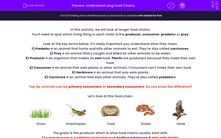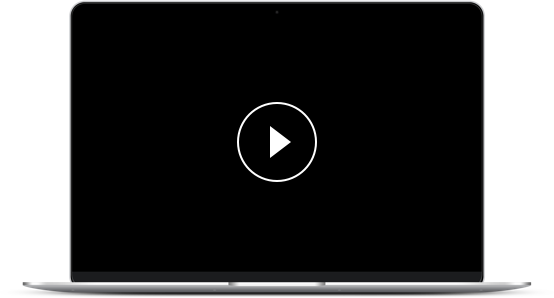In this activity, we will look at longer food chains.
You'll need to spot which living thing in each chain is the producer, consumer, predator or prey.
Let's look at this food chain:
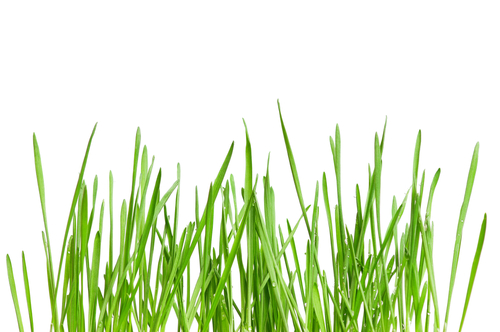 |
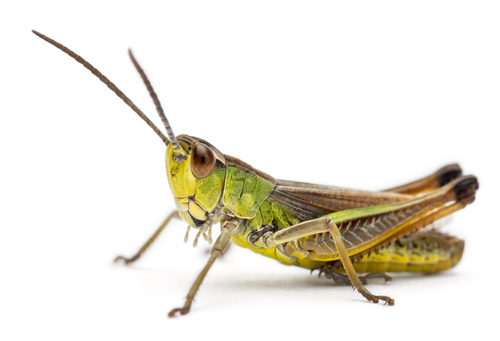 |
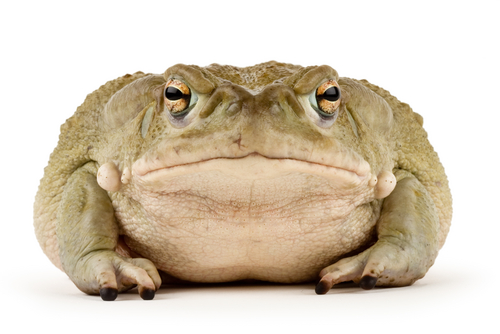 |
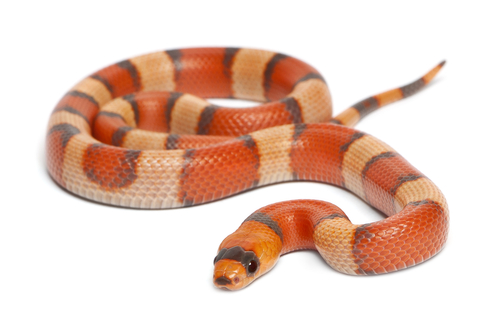 |
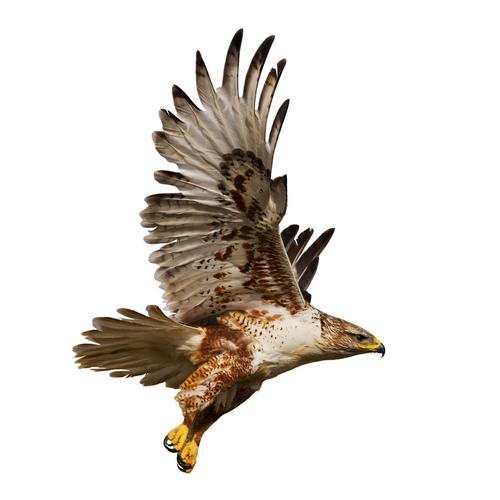 |
| Grass | Grasshopper | Toad | Snake | Hawk |
The grass is the producer which is what food chains start with.
The grasshopper is a primary consumer and herbivore because it only eats plants.
The toad, snake and hawk are all secondary consumers because they eat other animals. This means they are also carnivores because they eat meat and some are predators.
Look at the key terms below. Read through them and come back to them in the activity, to help you learn what they are.
1) Predator = an animal that hunts and kills other animals to eat. They're also called carnivores.

2) Prey = an animal that's caught and killed by other animals to be eaten.

3) Producer = an organism that makes its own food. Plants are producers because they make their own food.

4) Consumer = an animal that eats plants or other animals. Consumers can't make their own food.

5) Herbivore = an animal that only eats plants.
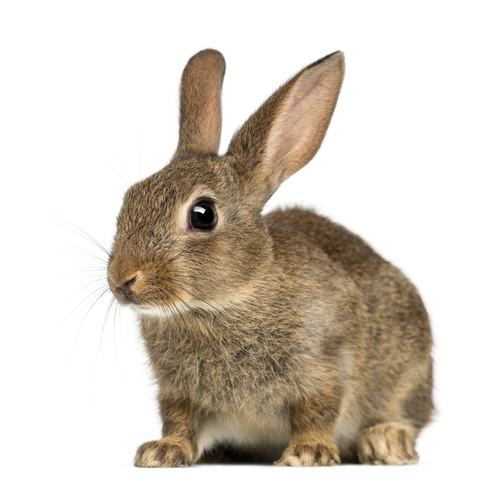
6) Carnivore = an animal that eats other animals. They're also called predators.
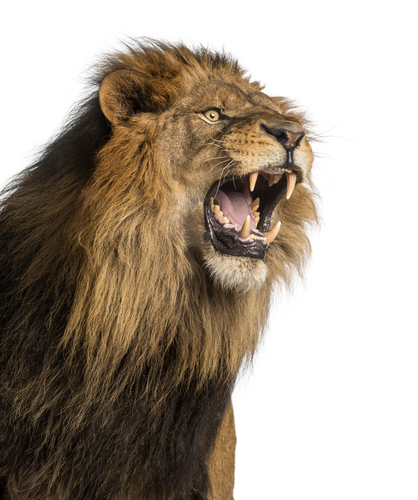
Top tip: animals can be primary consumers or secondary consumers. Can you remember what that means?
Primary consumers eat plants, they are called herbivores and can't make their own food. Many small birds are primary consumers, but they are omnivores because they eat little insects too!
Secondary consumers eat other animals (often primary consumers), they also cannot make their own food.
This is a lot of information, but don't worry!
You can look back at this introduction at any point by clicking on the red help button on the screen.
We'll put it to the test together now so that you feel super confident with your food chain knowledge.

Ready? Let's go!

